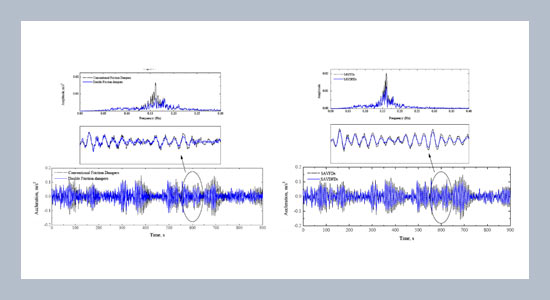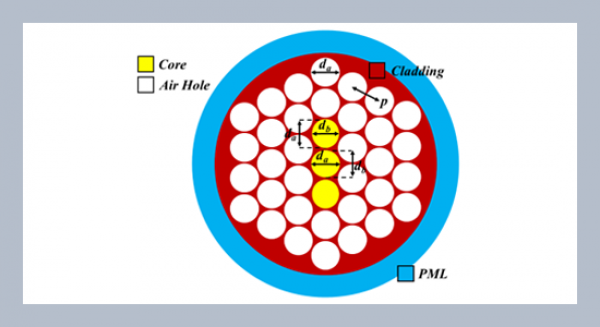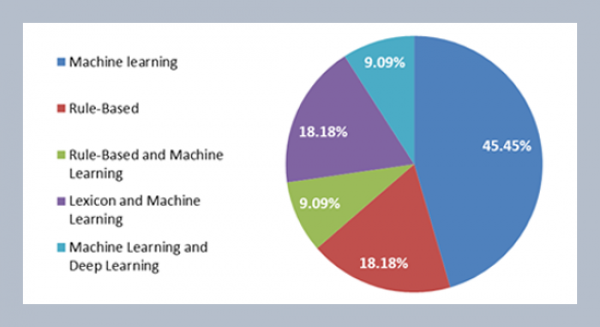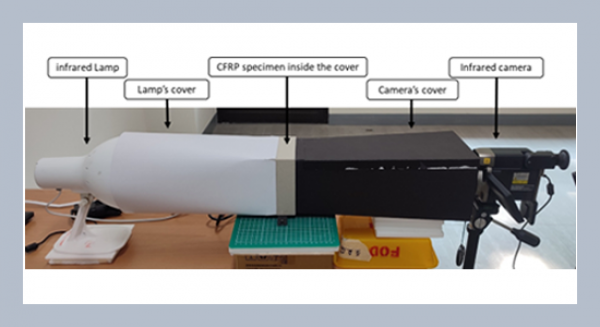V. B. Patil* and R. S. Jangid Department of Civil Engineering, Indian Institute of Technology Bombay, Powai, Mumbai – 400 076, India
Download Citation:
|
Download PDF
A modified friction damper is presented to enhance the performance of conventional friction damper and semi-active variable friction damper. An additional plate is provided between the two sliding plates of a conventional friction damper which results in an additional sliding interface with the same normal (clamping) force. Similar modification is also made to semi-active variable friction damper (SAVFD) to enhance its performance. The enhancement in the performance of the benchmark building is studied under across wind loads by installing the modified dampers. The governing equations of motion are solved by employing state space theory. Optimization of location and number of dampers is also carried out with the help of a controllability index which is obtained with the help of root-mean-square (RMS) value of the inter-storey drift. Further, a parametric study of passive friction dampers by varying slip force is carried out. From the numerical study, it is found that both double friction damper and semi-active variable double friction damper (SAVDFD) are quite effective in enhancing the performance of the benchmark building. At optimized locations, both the proposed dampers give significant enhancement in the performance of the benchmark building.ABSTRACT
Keywords:
Tall building; passive damper; semi-active control; double friction; wind load
Share this article with your colleagues
REFERENCES
ARTICLE INFORMATION
Accepted:
2010-01-08
Available Online:
2010-07-01
Patil, V.B., Jangid, R.S. 2010. Double friction dampers for wind excited benchmark building. International Journal of Applied Science and Engineering, 7, 95–114. https://doi.org/10.6703/IJASE.2010.7(2).95
Cite this article:















